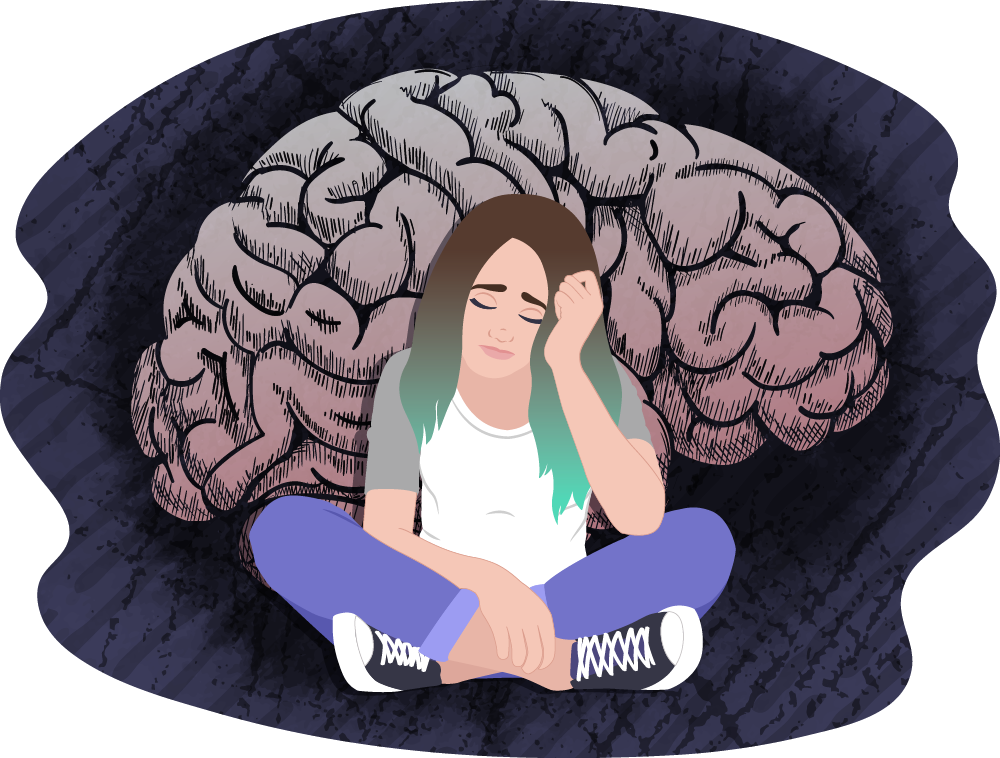Depression and Anxiety in Australian Society | Assignment Help
In order to understand the developments occurring in Australia in lieu of the statistics of 2014 and 2015 it is pertinent to understand the former trends relevant to the region. 4 million Australians already have mental and behavioral conditions accounting for 17.5% of the populace. Within this 2.6 million which is 11.2 % of the population has anxiety, whereas 9.3% of the population has disorders like depression. BeyondBlue also illustrates how only 1/3rd of these victims have access to healthcare and betterment opportunities. Structurally, this work aims to deconstruct the reasons behind the statistics, and the causes and impacts of depression and anxiety on the Australian populace.

Foremostly, the biggest contributor to anxiety and depression across developed countries in the world particularly the US and Australia is the usage of cannabis (van Ours and Williams, 2009). Van Ours and Williams also stress upon the widespread usage of cannabis amongst 12th graders, among whom 32% of Australian 12th graders can be accounted for. It is important to note that depression and anxiety are diseases which are caused in the adolescent years of one’s life, and the trend of anxiety and depression has in the span of the past couple of years risen. And this is essentially because of an increase in illicit drug consumption amongst the youth.
According to Patton’s (2002) study which included about 44 different schools in Australia for the purpose of analysing cannabis use and its impacts. Where 60% participants were cannabis users, out of which 7% used it on a daily basis, aged 20, the impact on cannabis was bound to be deleterious as the users set a trend in the society for being anxious and depressed, primarily because of their addiction. There was also an induced form of anxiety and depression that the populace was subject to, with regards to not only the users but also the non-users who had to face peer pressure, and in the face of refusal to engage in drug consumption alienation from the social groups. This change in trend, can hence be directly proportional to the usage of cannabis amongst the youth. The statistics translating into anxiety (17.5%) and (11.2%) as mentioned above.
Obviously, the impact then is that the populace is adversely impacted. The economy, society and polity find it difficult to function appropriately when the morale is low and when their members are not feeling their one-hundred percent. Essentially, Haslam’s (2005) example of workplace impact will be utilized here to understand how depression and anxiety affect the larger domains of society. Haslam denotes how the usage of medicines at work affect the safety environment of work, as a sample of 74 individuals divided in 9 groups was made, it was immediately inherent that when engaging in medical procedures, workers such as health workers, teachers and managers all believed that they put themselves and their subordinates/patients at a particular safety risk.

Pervasive anxieties which are the most common ones found, especially in the area of study are important because they shed light on the behavior being highly disturbed, and at the same time showcase no sign of how the anxiety was triggered or developed in the first place. Hence, according to Barke’s (2000) study it is noted to be a dangerous mental condition. Barke also expands upon how nervous breakdowns are extremely dangerous and where the timing and the causation of which can highly be predicted. For this reason whichever setup one may be in, the risk of having such an anxious or depressed person in the environment, whether it is a classroom or a supermarket or a hospital or even a street can be a cause of worry as his presence carries the chance of an unpredictable, aberrant development, for both themselves, the involved and the bystanders.
References
Barke, M., Fribush, R., & Stearns, P. (2000). Nervous Breakdown in 20th-Century American Culture. Journal Of Social History, 33(3), 565-584. doi: 10.1353/jsh.2000.0001
Haslam, C. (2005). Perceptions of the impact of depression and anxiety and the medication for these conditions on safety in the workplace. Occupational And Environmental Medicine, 62(8), 538-545. doi: 10.1136/oem.2004.016196
Patton, G. (2002). Cannabis use and mental health in young people: cohort study. BMJ, 325(7374), 1195-1198. doi: 10.1136/bmj.325.7374.1195
van Ours, J., & Williams, J. (2009). Cannabis Use and Mental Health Problems. SSRN Electronic Journal, 26(7), 1137-1156. doi: 10.2139/ssrn.1436901



